This post has been brought to you by Brotherhood Winery. All opinions expressed are my own. The following message is intended for those 21+. Please enjoy responsibly.
Today we’re sampling a pair of bottles from North America’s oldest winery, Brotherhood, which just so happens to be located in one of the New World’s oldest continually cultivated wine region’s – New York’s Hudson Valley.
The Where – Hudson Valley, New York
The Hudson Valley American Viticultural Area (AVA) stretches from New York City up to Albany, encompassing the entirety of Duchess, Columbia, and Putnam counties. One of the region’s most dominant features is its namesake river, the Hudson, which cuts through the AVA from the Atlantic through to the center-point of New York State. Much of the region’s vines are planted along the western shore to maximize warmth from the morning sunshine. This is a necessity since it is only a ‘slight’ exaggeration to describe regional temperatures as ‘arctic,’ with the average winter night temperature clocking in at around twenty degrees Fahrenheit. While summers are mercifully warm, they offer a problem all their own, since humidity is in excessive supply, which can decay or disease vines.
Temperatures and humidity aside, the Hudson features a range of complex geological conditions, with glacial trails having left behind soil deposits rich in limestone, shale, schist, and slate. These traits were noticed early on by Dutch settlers, who immediately began planting vines in the 1600s. As a result, the Hudson Valley is not only among the USA’s oldest continually cultivated winemaking region, but indeed in the entirety of the New World. However, it wasn’t until 1839 that the first commercial vintage was produced in New York, from Brotherhood Winery, making Brotherhood the oldest continuously operating winery in North America.
Alas, however, the Hudson Valley’s earliest wines were of largely dubious quality, and focused almost solely on producing wine from grapes native to North America. While these local grapes are still occasionally used to produce wine (mostly as a novelties), you’re likely most familiar with concord and Catawba grapes as the fruit behind your favorite juices and jams. It was this early focus on native produce that served to alienate New York vintages from both commercial and critical acclaim.
The result was nearly a hundred years of uninterrupted obscurity for the region, a period that almost doomed New York winemaking.
And then came Prohibition.
Predictably, Prohibition doomed almost ‘all’ American winemaking. This head-on assault came at a juncture when the still-fledgling industry was in desperate need of support and refinement. Instead of receiving support, wineries across the country were intentionally put out of business, and ‘most’ vineyards were either sold off or repurposed to produce other crops.
The Hudson Valley, however, was one of the handful of exceptions, and continued operating via the production of sacramental (boiled) wine, and medicinal wines.
After the end of Prohibition, the Hudson Valley’s focus shifted back to producing wines from local varietals native to North America. This focus finally came to an end in the 1950s, when Ukrainian immigrant Dr. Konstantin Frank came up with the novel idea of using more marketable varietals from Europe such as Cabernet Sauvignon and Riesling, among others apropos to the climate and geography. Over the next two decades, the idea caught on, and New York wine began taking off. To bolster the industry, the state streamlined the process of opening wineries with legislation in the 1970s, and in 2011 the state eased licensing regulations on wineries’ tasting rooms by allowing multiple rooms to be hosted on a single license.
The end result, both from this change in varietal focus, and in the easing of regional laws, has resulted in New York earning a reputation for excellence in quality, and as a prime destination for wine-based tourism.
The Bottles – A Showcase
Up first, we’ll be tasting a New York Premium Selection Cabernet Sauvignon.
Next, we’ll be sampling Brotherhood’s New York ICON Riesling.
The Review - Aromatics and Tasting
The Cabernet Sauvignon introduces itself with mixed red and dark fruit notes off the top of the glass. Deeper into the glass these manifest as black cherries or perhaps sliced black plum. Peppery and oaken notes perforate through the fruit essences every now and again, along with just a hint of what I’ll describe as allspice. On the palate, the wine is medium bodied with medium tannins, and features pleasant acidity. In terms of flavor, the dark fruit notes are at the fore, but there is something vegetal in the background, or perhaps herbal, creating a complex and enjoyable wine from start to finish.
The Riesling opens with vanilla and white flowers, forming a sweet and floral bouquet. On the palate, the wine is best described simply as ‘crisp and refreshing,’ being pleasantly sweet with a light minerality, or perhaps something ‘minty’ framing oak and white stone fruit notes. This, in my opinion, is a real gem of a bottle, especially at this price point.
What to Eat – The Pairing
1) With the Cabernet Sauvignon think by-the-book cabernet sauvignon pairings. That means meaty entrees, red sauces, or simply ‘rich foods’ as the winemakers themselves suggest. For example, a prime rib prepared with a curry and cayenne-based rub mixed with garlic, coriander and cumin would pair deliciously. Conversely, you might also consider something like my fried Greek meatballs, prepared with cumin, raisins, oregano, and cinnamon, which would plate beautifully over pasta with a spicy red sauce. On the other hand, something like the Pizza Strudels I’ve put together for today’s post is also an excellent pairing, which we’ve stuffed with a mix of grilled peppers, mozzarella, sausage, and ricotta. With all of that in mind, would you be shocked if I said a New York Style pizza would pair deliciously would today’s New York wine? Well, they ‘do’ pair deliciously. Here’s my tried-and-true recipe for what I consider the best homemade NY Style Pizza.
2) The Riesling. My opinion on this bottle, as with most semi-sweet Rieslings, goes in a few different directions. On the one hand, I might suggest something like my homemade General Tso’s Chicken, which features crispy fried chicken chunks prepared with a sweet and spicy dipping sauce. You might also consider something like fried tofu steaks prepared with a teriyaki and chili dipping sauce. Think spicy Asian cuisine, or delicate seafood or perhaps even sushi.
Stromboli
- Total Time: 1 hour
- Yield: 4-6 1x
Ingredients
- 3 1/2 cups flour
- 2 tsp. sugar
- 1 tsp. salt
- 1 tsp. fresh ground black pepper
- 1 packet of rapid rise yeast - (2 1/4 oz.)
- 2 tbs. olive oil
- 1 cup warm water
- Egg white for brushing
- Sesame seeds - for sprinkling
- 8 oz. Roasted peppers - well drained
- 8 oz. Ricotta cheese
- 8 oz. Fresh mozzarella
- 1/2 cup of Fresh Parmesan or Romano cheese for grating
- 3 - 4 links of sausage - cooked
Instructions
For the Dough:
- Place the sugar and yeast is a large mug. Add the warm water and allow the yeast to proof. The water should get a nice big foam on top in a few minutes.
- In a large bowl add the flour, salt and fresh ground black pepper. Form a well in the center of the flour and add the olive oil and proofed yeast water.
- Stir with a fork to bring the dough together; then on a slightly floured surface form into a ball and knead for 6 – 7 minutes; the dough should be soft and smooth; form into a ball.
- Rub a bowl with olive oil and lightly oil the dough. Place the dough in the bowl and allow the dough to rise. It should double in size.
- Sprinkle a baking sheet with cornmeal or use parchment paper on the baking sheet.
- Punch the dough down and roll out the dough to ¼ inch in thickness.
- Fit the dough onto the baking sheet. Cutting the edges to fit nicely.
- Roll the edges into a ball to use later.
For the Filling & Assembly:
- Grill the sausage and cut into pieces before building the strudel.
- In the center of the dough spoon the ricotta cheese, sprinkle the mozzarella down the center, followed by the roasted peppers, grating cheese and sausage.
- On each side of the dough, slice each the dough in even distance of each slice.
- Fold each slice to reach the middle from top to bottom and gently rest each slice in the middle.
- Cut the edge of the dough in a arrow fashion on each side and fold each side over to wrap the strudel.
- Brush the strudel with egg white then sprinkle with sesame seeds.
- Preheat Oven 375 degrees F.
- Bake for 30 – 35 minutes or until the strudel is a beautiful golden color.
Notes
If you have any leftover dough, you can make breadsticks. Follow the instructions below:
- Form the dough into a ball.
- Roll the dough out, on a floured surface, into about a ¼ inch thickness; making the dough as big as possible.
- Cut the dough into long strips, then twist the dough and place on a baking sheet prepared with either corn meal or parchment paper.
- Brush the twists with the egg-white then sprinkle with sesame seeds.
- Bake at 375 degrees F. for 10 – 12 minutes or until the twists get a nice golden color.
- Prep Time: 15 minutes
- Cook Time: 45 minutes
- Cuisine: Italian
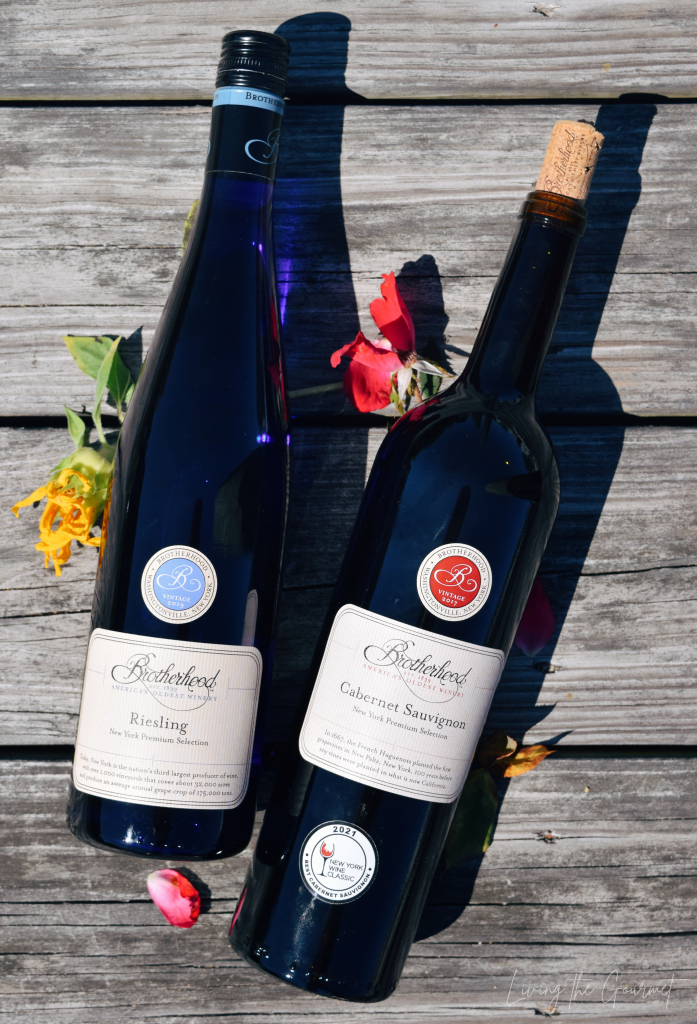 1
1

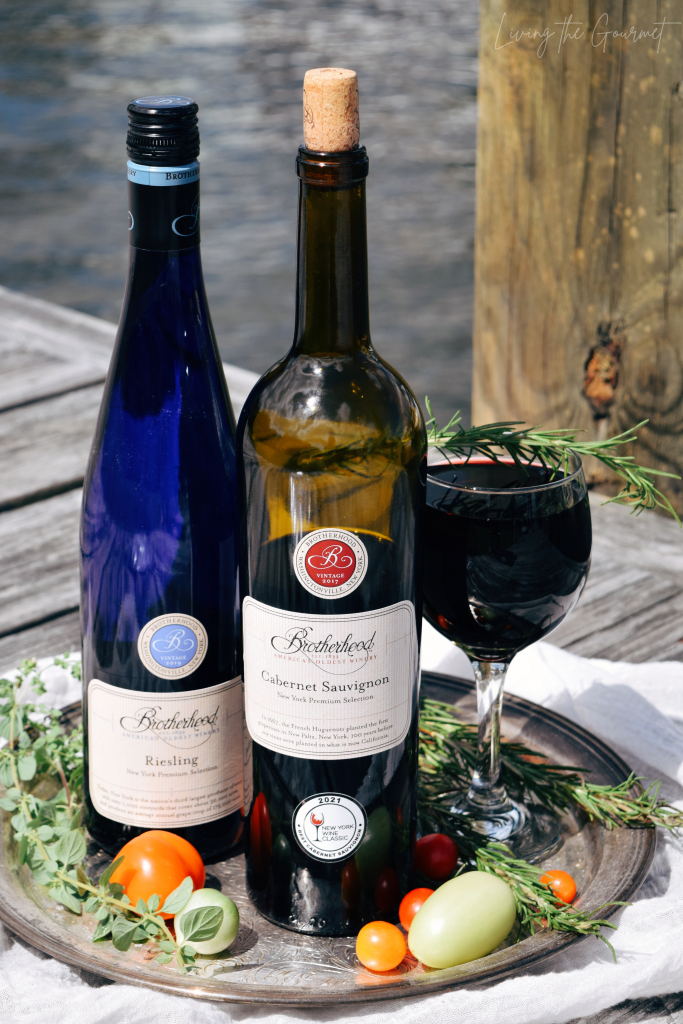
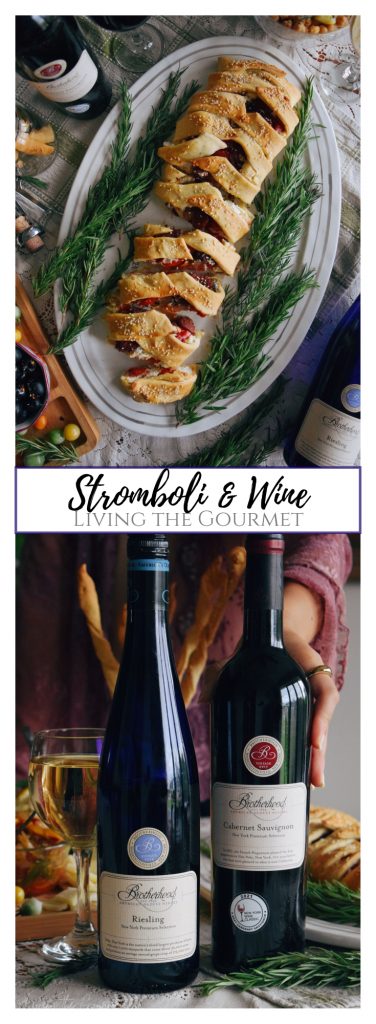

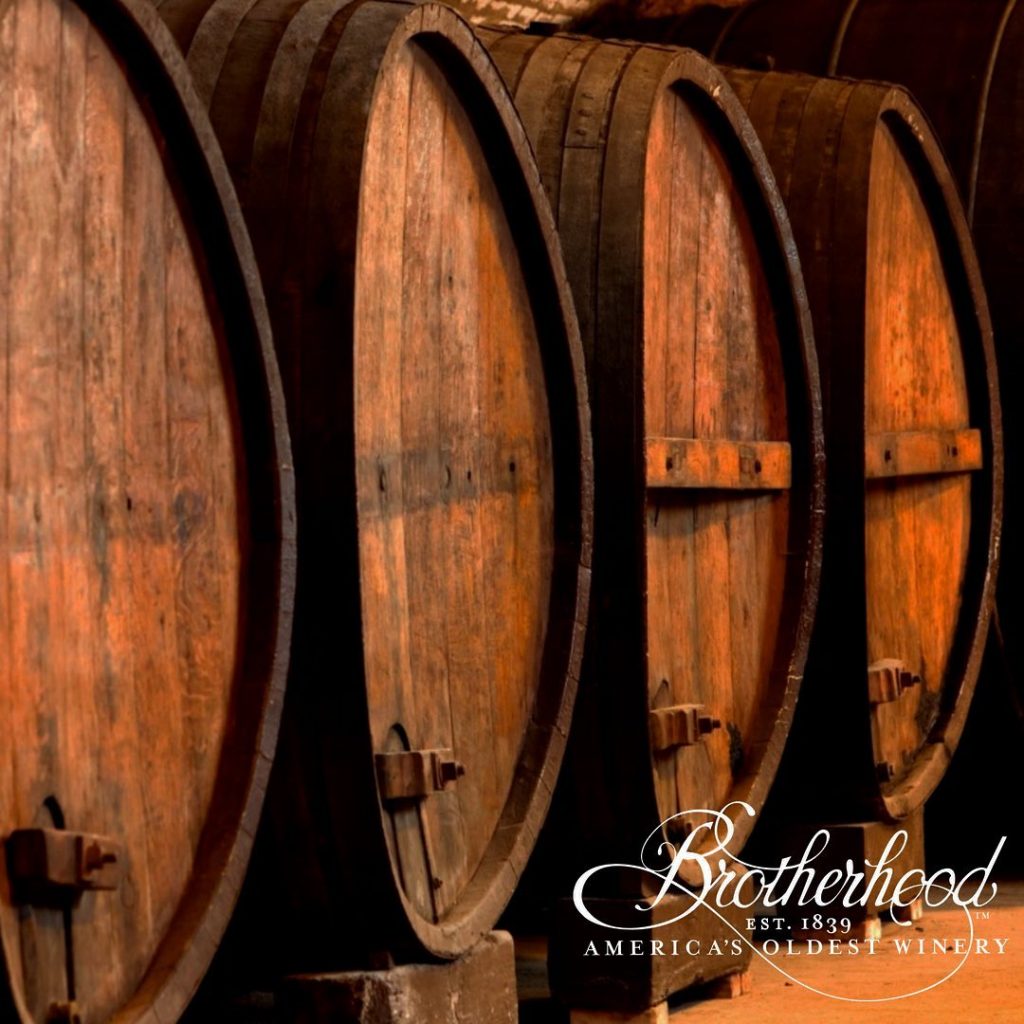
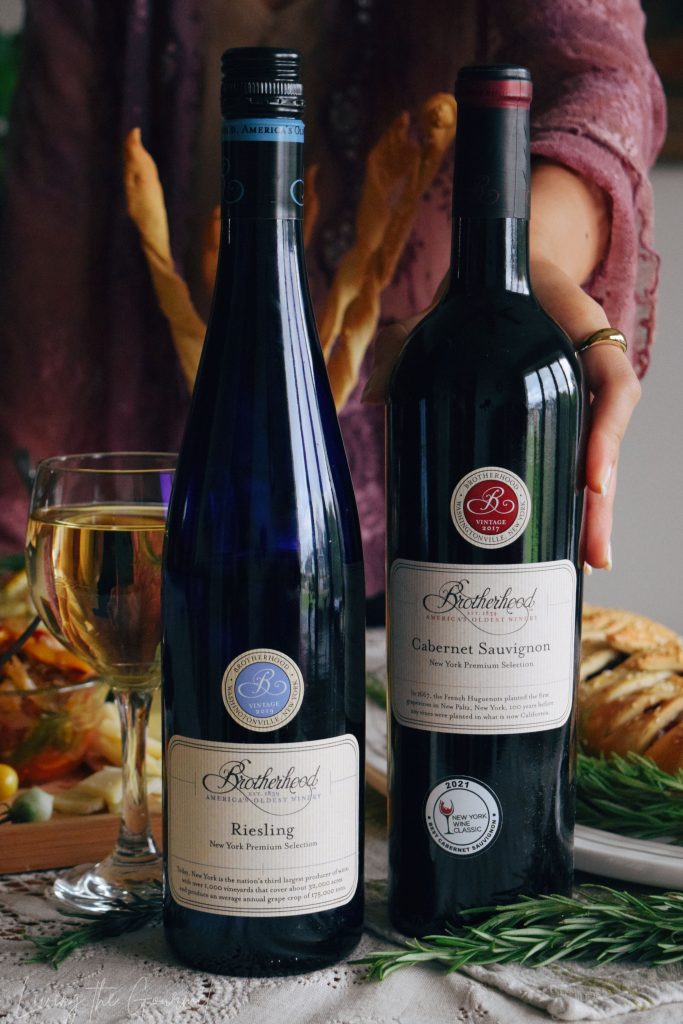
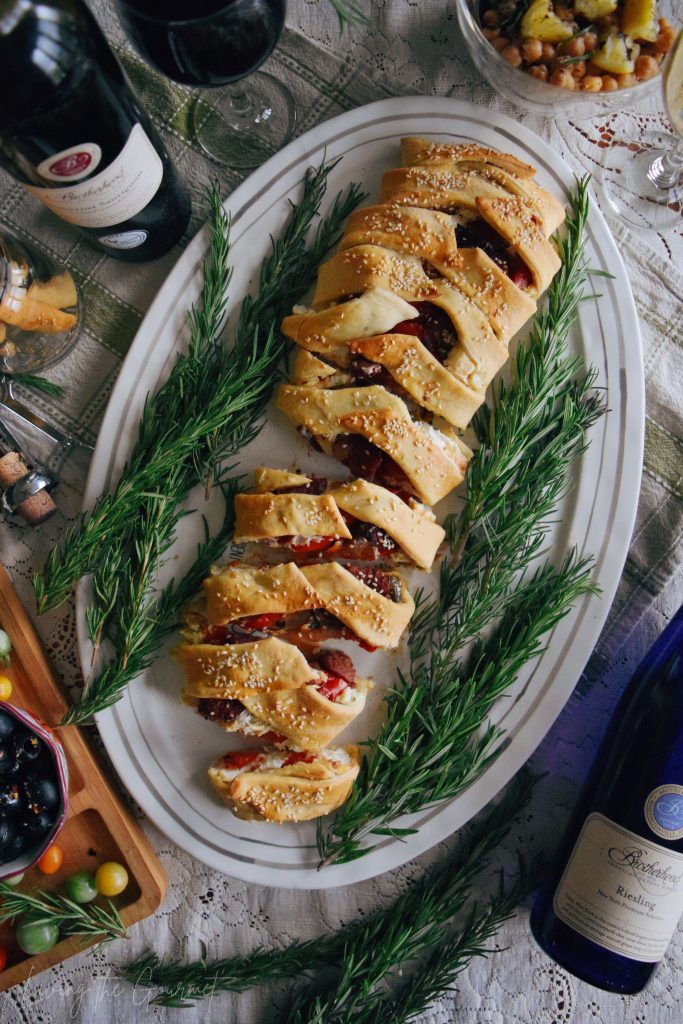

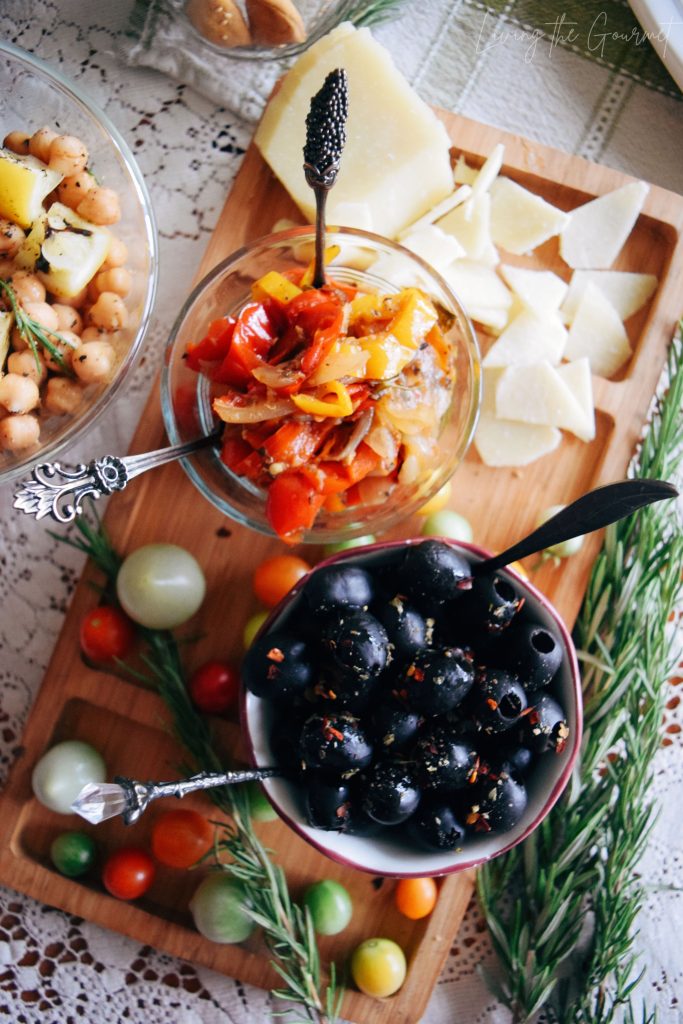
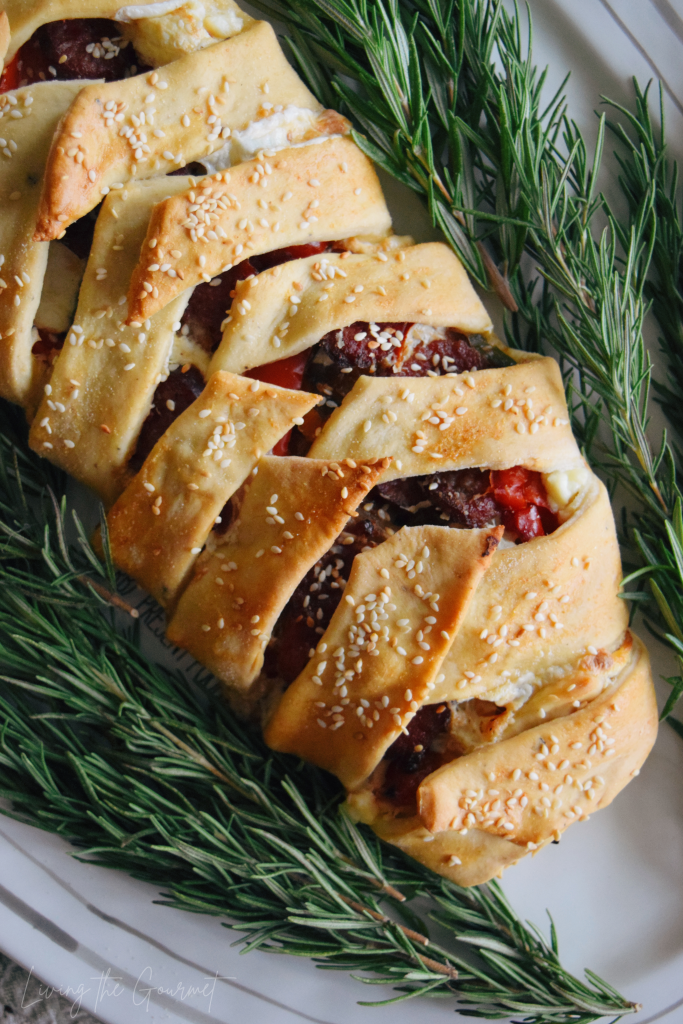
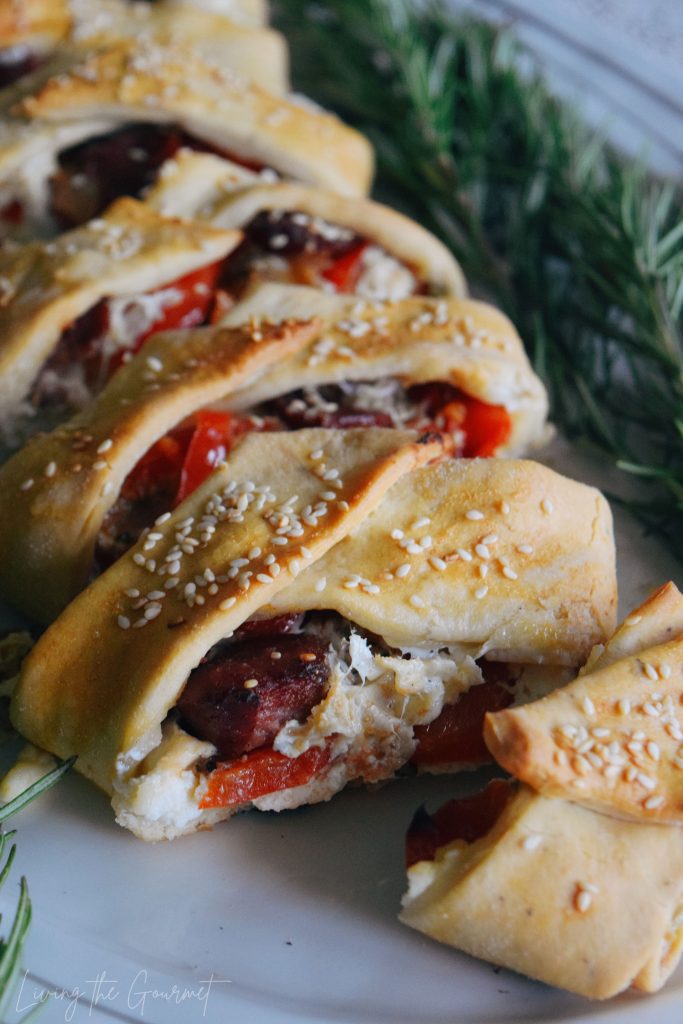
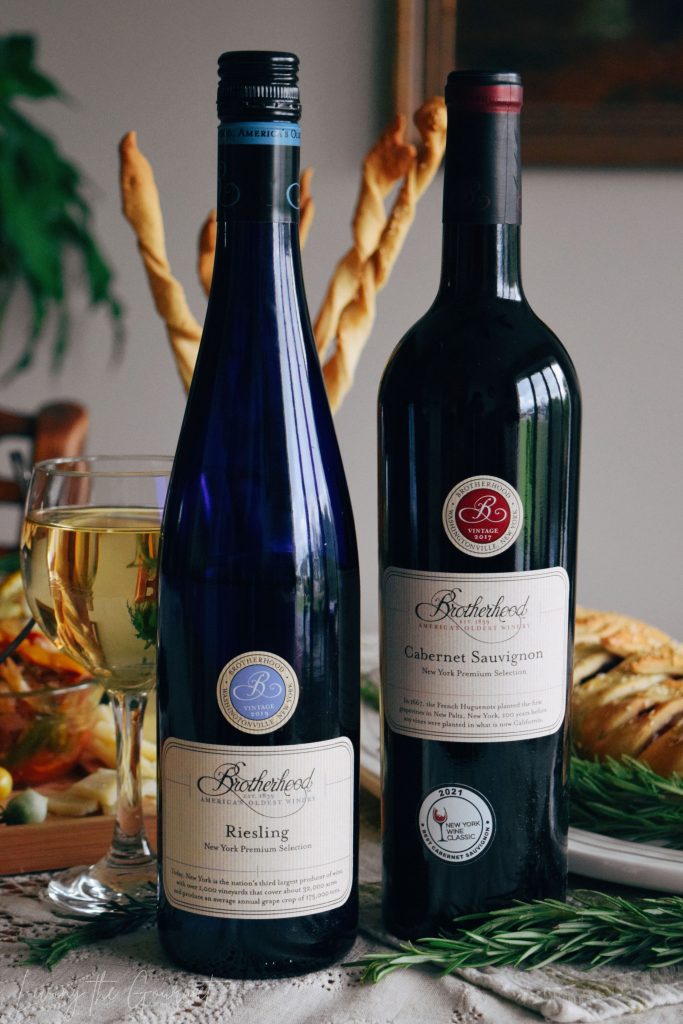
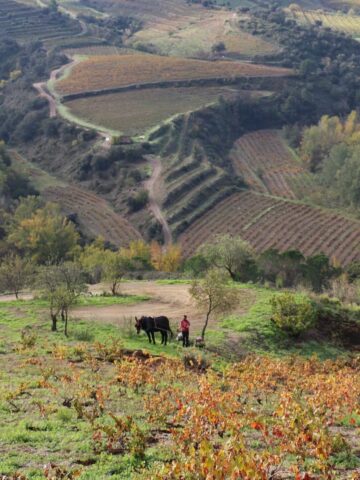
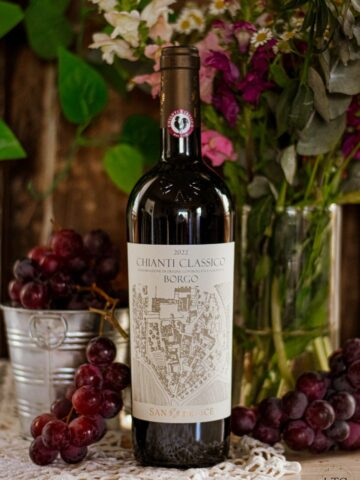
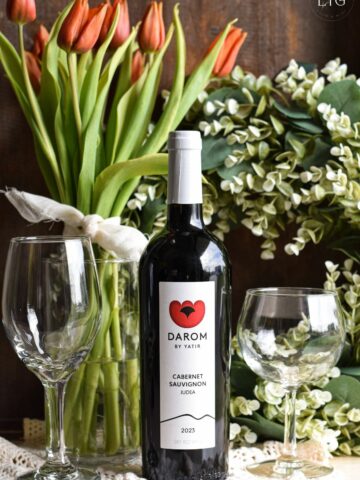
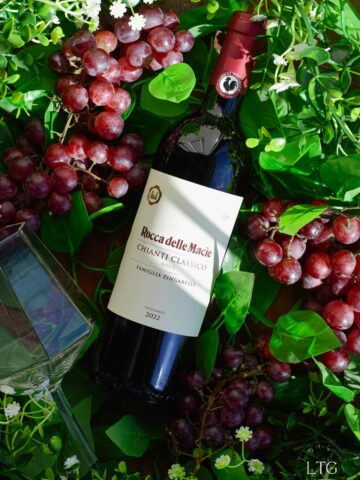
Amber says
This of such an interesting read. I’m not much of a wine connoisseur but you’ve made it easy for someone like me to follow along.
I’ve never attempted a Stromboli either but goodness it sounds wonderful.
Heather says
That stromboli sounds like something my kids would LOVE! I have to make it for them.
Stephanie says
My family loves stromboli, but I haven't made it in so long. And this pairing of wines would be perfect here. My husband likes cabernet sauvignon and I like riesling!
Laura le Roux says
This looks so awesome and there is nothing nicer than red wine 🙂
Talya says
I do love a good cab sav and always love a glass of red over white. The Stromboli looks like it would make a fabtatsic dish to go along with.
Cristina Petrini says
With the best ingredients and raw materials, something truly super hyper gourmet is created, it seems straight out of a 7-star restaurant!
MELANIE EDJOURIAN says
How yummy, the Stroboli sounds delicious. It's great to have a great bottle of wine to enjoy with it.
Marysa says
My friend used to make stromboli all the time, and I would like to try to make it on my own. This sounds like a great pairing!
Jupiter Hadley says
I've never heard of a dinner like this - and I really like the presentation! We will have to make it one night.
Rosey says
It's nice when the bottle has a good pricepoint and tastes good too. You really got some great pictures here!
Yeah Lifestyle says
Such a delicious pairing especially when we have friends around. I do love Riesling wine so can't wait to try this bottle
Sharon says
I love this delicious recipe with a comprehensive wine guide attached. The perfect meal for date night.
Andrea says
I will need to find this wine and give it a try. I love the idea of having it with your fantastic looking stromboli.
Alejandra says
Beautiful photos! This sounds like an incredible meal and perfect wine pairing suggestions!
Beth says
We haven’t had Stromboli in so long and this one looks absolutely delicious! So excited to give this recipe a try tomorrow night. Definitely going to find this wine to try too!